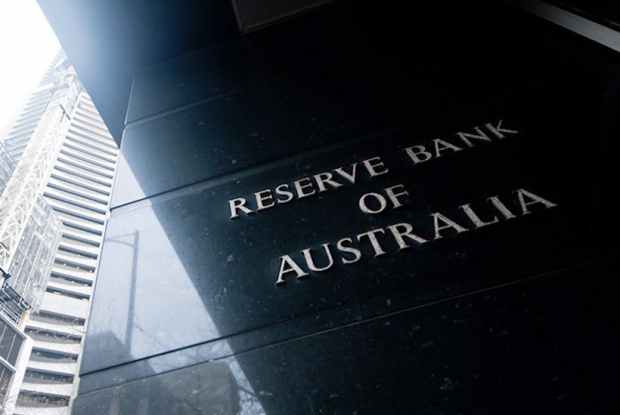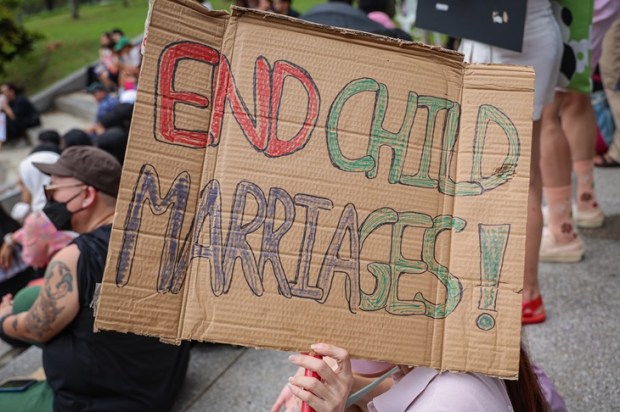With another RBA meeting due to occur shortly, the speculation around interest rate rises is certainly not unexpected. The CPI experienced a drop from 5.4 per cent in June to 4.9 per cent in July, greater than forecasts had anticipated, which only were only predicting a 0.2 per cent fall.
The cumulative effects of 12 cash rate rises are undoubtedly being experienced and RBA Governor Philip Lowe appears to have broken the back of inflation in Australia, before he is due to stand down on September 18.
Therefore, what ought his final call to be?
As it takes several months for the effects of both inflation and interest rate changes to feed through fully into the economy and inflation is now close to its 2-3 per cent target, down from 7.8 per cent in December 2022, another rate rise likely won’t cool inflation completely at this stage.
With an economy primarily based on natural resources and wealth held predominantly in housing, overseas inflation is easily taken on board from via trade of the former, whilst the latter is stressed. This is in part why Australian banks’ profits have been remarkably high this year.
However, whilst a natural correction is sustainable, no one wishes to witness it at the expense of basic infrastructure, such as housing.
Inflation in several European countries is beginning to fall, for example, in the UK, where it is now 6.8 per cent down from 7.9 per cent last month. As the Australian economy is interdependent on the US and European countries’ economies, and the annual inflation rate has dropped down to a low 3 per cent (3.2 per cent, up from 3 per cent in June) in the US, it could be claimed that all the RBA must do is sit and wait to allow the positive effects of central banks’ management elsewhere to fall our way automatically.
Moreover, as another pause will not increase purchasing power for most people, it will only serve to halt spending at where it is or reduce it. It could put businesses at less risk by not disturbing cashflow further, whilst still placing downward pressure on inflation. The average household is still struggling, so there is no need to contract the taxpayer’s budget further and, in turn, the country’s economy.
With a change in RBA governor due to take place soon, Lowe’s job is almost done and dusted; and another rate rise combined with a change of governor appears to be unnecessary. Bear in mind that economic conditions will also capitalise on the change of governor by taking on board the natural sense of caution that any change brings.
Furthermore, there could be a case for a 0.25 basis point drop at the following meeting. We are most likely on the home straight – so there is no need to sprint the third quarter of a four-stage process one might argue…
Excepting any major unforeseen circumstances, including black swan events, such as those which we have seen cover the last 3 ½ years, a final pause would do well to go hand in hand with an end to Lowe’s final term, before Michelle Bullock is in the position to decrease the cash rate from where it currently stands, enabling Lowe’s ‘soft landing’.
‘Never go to excess, but let moderation be your guide.’ – Marcus Tullius Cicero.

























